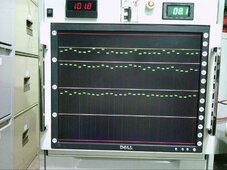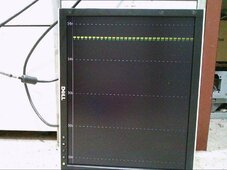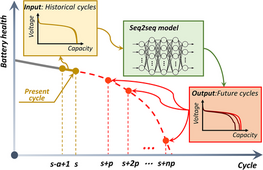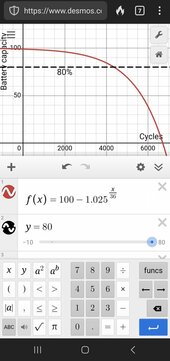wpns
Solar Joules are catch and release
If a battery spec says:
"8000 cycles at 80% DOD at 0.5C"
Is there any way to guess how many cycles it'll do at 50% DOD or 0.25C, or elevated temperatures, or any combination thereof?
And yeah, I know that's 22 years, and I'll be lucky to be around then (yikes!), just curious how the lifetime varies depending on the various factors.
The most interesting metric is "dollars per KWHR", and the first few KWHR are going to be tens of thousands of dollars per KWHR, so knowing the expected lifetime helps get a better handle on it...
Thanks!
"8000 cycles at 80% DOD at 0.5C"
Is there any way to guess how many cycles it'll do at 50% DOD or 0.25C, or elevated temperatures, or any combination thereof?
And yeah, I know that's 22 years, and I'll be lucky to be around then (yikes!), just curious how the lifetime varies depending on the various factors.
The most interesting metric is "dollars per KWHR", and the first few KWHR are going to be tens of thousands of dollars per KWHR, so knowing the expected lifetime helps get a better handle on it...
Thanks!







